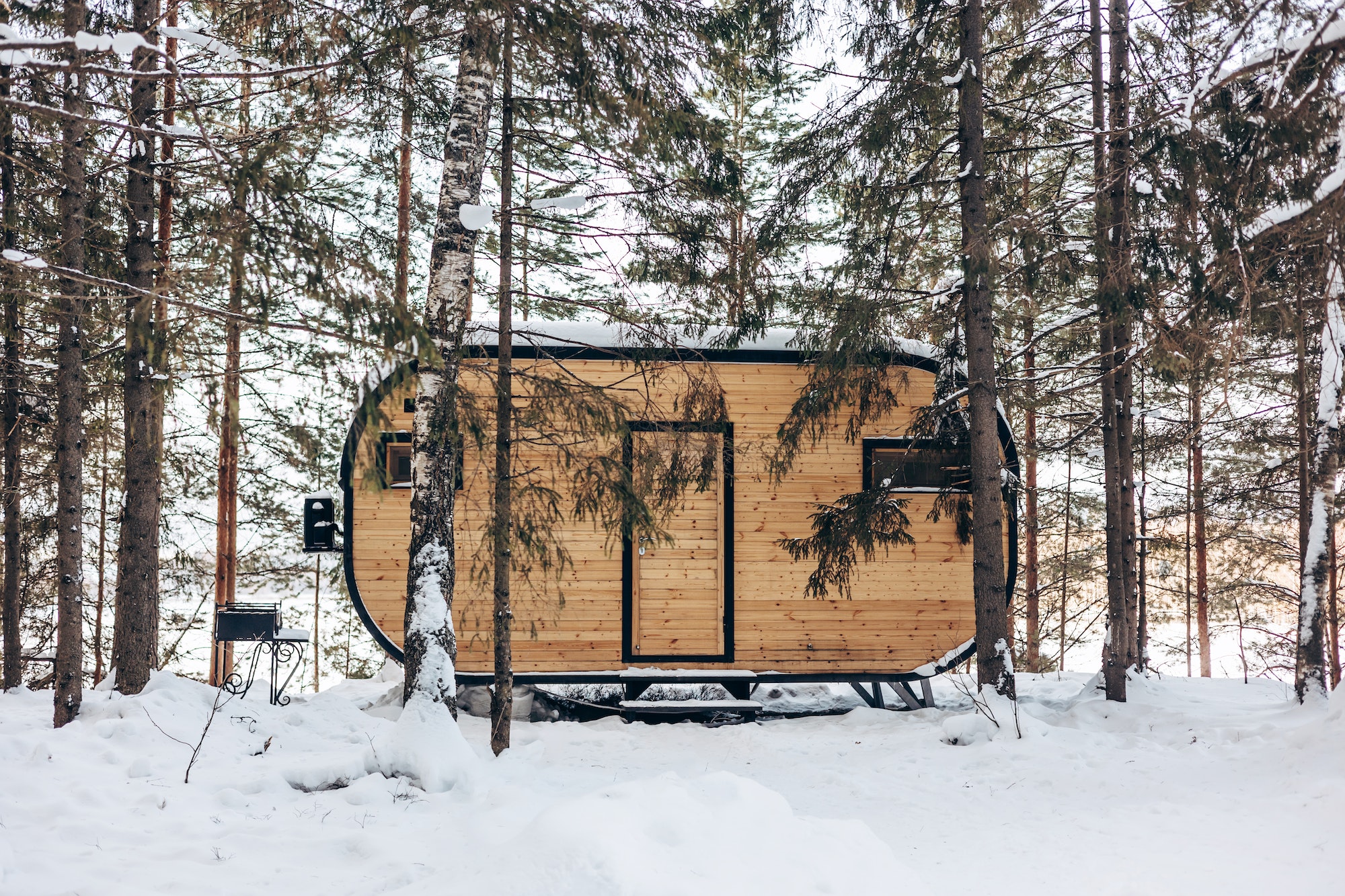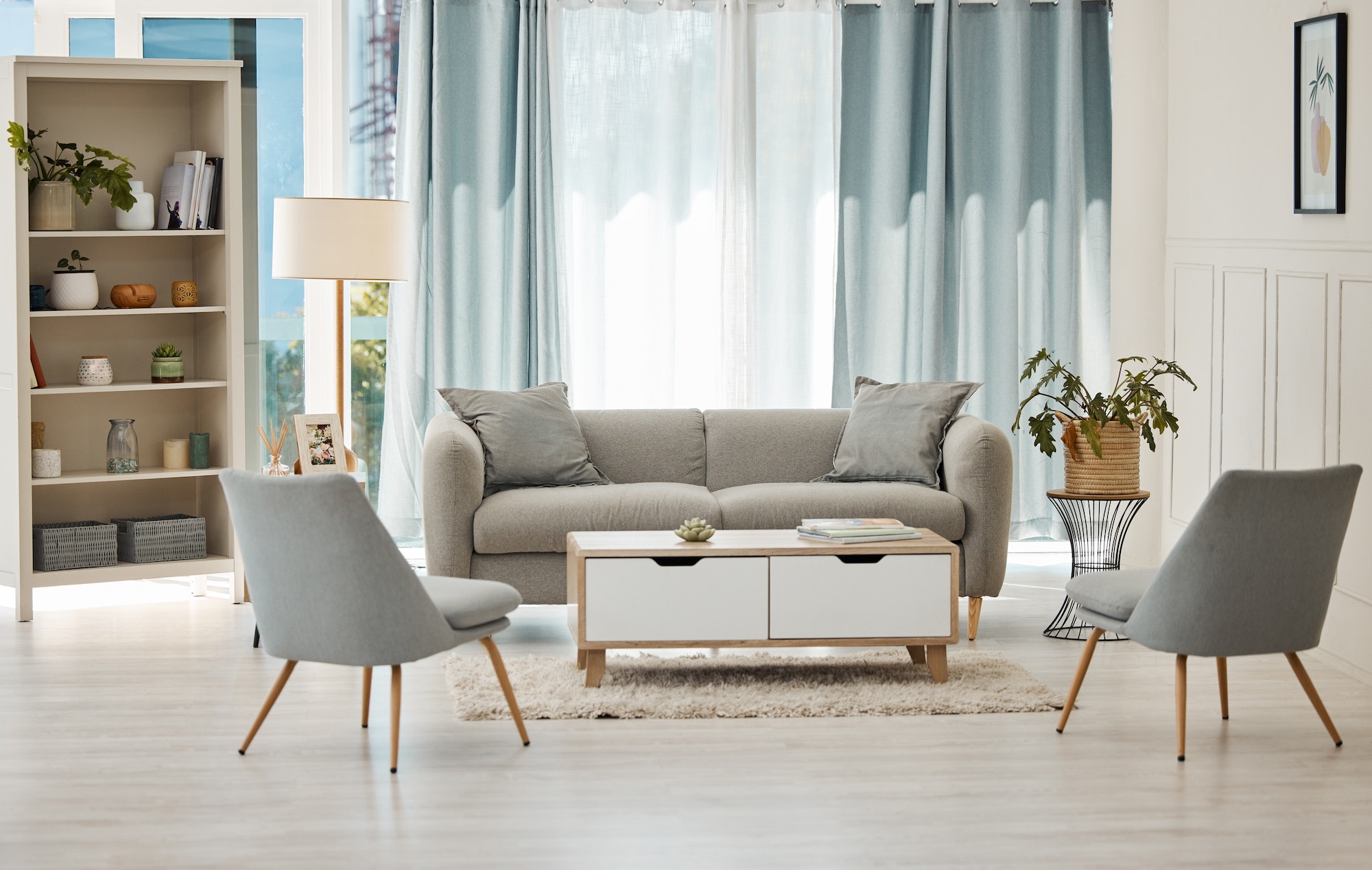Prefabricated houses are changing our perceptions of buildings, providing creative answers to contemporary housing issues. From eco-friendliness to innovative design methods, these residences are responding to the changing requirements of people and societies.
They offer effective building techniques while tackling important concerns like cost and ecological effects. Prefabricated homes are now a price-wise choice for a wide variation of living requirements. Thus, design and technology enhancements are responsible for the economy and care for nature.
The blog will look at the five main trends that pre fab houses will have in the future, with strong energy efficiency and design as the most important things.
Transformative Trends Shaping the Future of Prefab Homes
Prefabricated houses are changing quickly to meet the demands of the modern world for sustainability, efficiency, and adaptability.
These homes are going beyond traditional bounds and setting new benchmarks for both construction and living, thanks to advancements in design and technology. These five significant developments will influence the direction of prefabricated homes in the future.
Prefab Homes for Sustainable Tourism
Prefabricated homes are gaining high popularity in the tourism sector, offering eco-friendly lodging solutions for remote and scenic locations. Using trailers that can haul pre-fab homes, it is now easier to transport these structures to off-grid or temporary sites.
This flexibility provides a sustainable and mobile option for tourism operators and travelers alike.
Additionally, prefab tourism units often include energy-efficient systems and materials that seamlessly integrate with the surrounding environment, catering to the rising demand for green tourism experiences.
The rapid construction timeline of prefab units enables tourism businesses to quickly expand accommodations, meeting seasonal demands without the delays associated with traditional building methods.
This efficiency not only accelerates return on investment but also minimizes environmental disruption during setup, aligning with sustainable tourism practices.
Net-Zero Energy Prefab Homes
Net-zero energy homes, which employ renewable energy technologies like solar panels to produce an equivalent amount of energy consumed, are rapidly becoming more popular in the prefab sector.
These residences employ modern insulation, energy-efficient devices, and sustainable construction materials to reduce their lasting environmental impact and energy costs.
Automated energy management systems and a range of smart home technologies preserve modern comforts while improving efficiency and encouraging environmental sustainability.
Implementing efficient heating and cooling systems increases energy use, thus improving the home’s overall efficiency.
Prefabricated Homes for Disaster Resilience
Prefabricated homes that are resilient to earthquakes, floods, and storms are growing more and more common.
For locations exposed to severe weather events, these steel and concrete reinforced structures provide a dependable and efficient solution, delivering safety and quick recovery.
They are a reliable option for sensitive locations and are more resistant to adverse conditions due to their sophisticated features, which include elevated structures, impact-resistant surfaces, and adjustable joints.
Renewable energy technology, including solar panels and batteries, can be put in homes in disaster-hit areas to evade reliance on external energy sources and to give people emergency energy independence.
Eco-Friendly Insulation and Materials
New building materials that are sustainable, like recycled steel, cellulose insulation, and eco-friendly wood, are used more and more in prefabricated building techniques.
These changes mark the direction that ecological housing should take by making better use of energy and the reduction of building materials’ carbon emissions.
To enhance the sustainability and health advantages of prefabricated houses, producers are also exploring bio-based materials and low-VOC (volatile organic compound) finishes.
Quickly renewable materials such as hemp and bamboo are being investigated to enhance rapid renewability and minimize environmental effects.
Progress in materials science is enabling the development of eco-friendly, high-performance composites that offer durability and improved thermal properties for prefabricated structures.
Revolutionizing Prefab Homes with 3D Printing
The incorporation of 3D printing technology in prefabricated houses has transformed construction, allowing for faster and more correct manufacturing.
This technology has paved the way for more creative and effective prefab solutions by minimizing waste, accelerating construction, and facilitating the creation of complex designs that were once challenging to achieve.
Advanced composite materials can also be used with 3D printing, expanding the possibilities for customized designs while preserving structural lifespan and strength.
Prefab homes are transforming the construction sector by effectively tackling contemporary issues. They provide sustainable, flexible, and cost-effective housing options, positioning them as a viable choice for a swiftly changing world.
These homes are increasingly favored worldwide due to shorter construction times and lower environmental impact. As innovation propels their development, prefab homes are transforming the future of living and establishing new standards for contemporary housing.
Discover more from Futurist Architecture
Subscribe to get the latest posts sent to your email.



